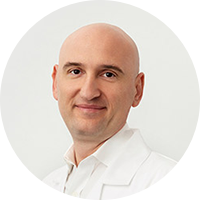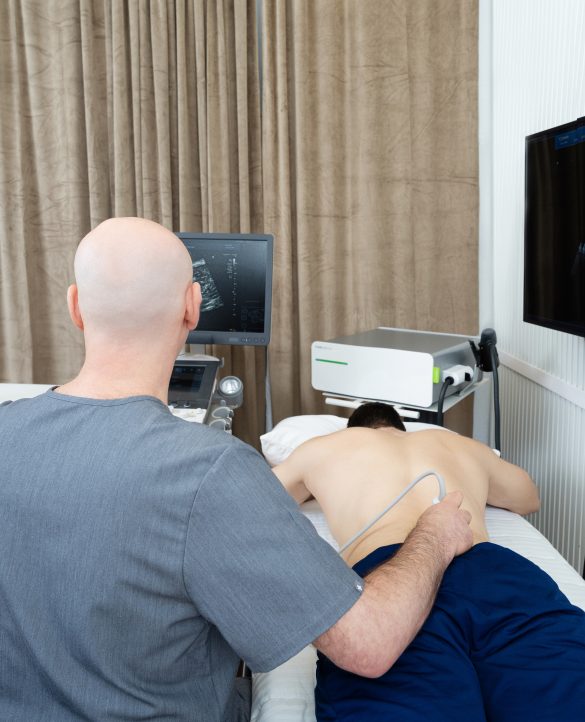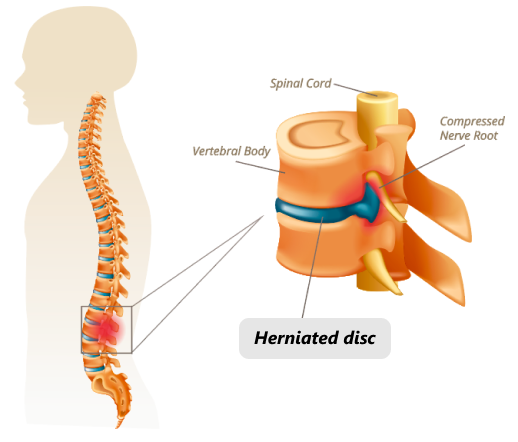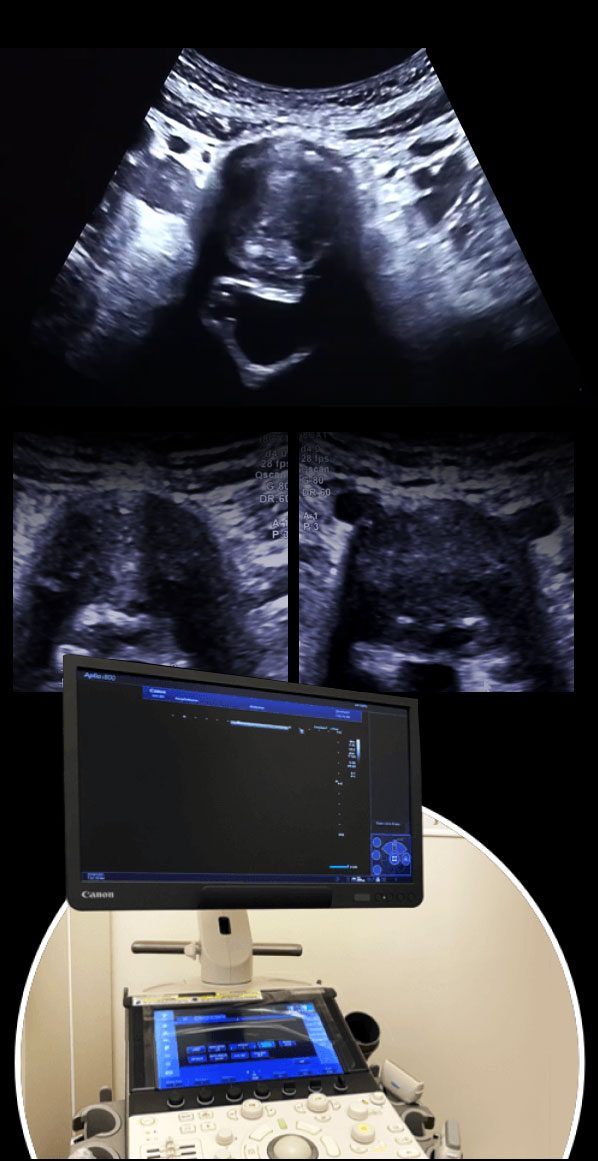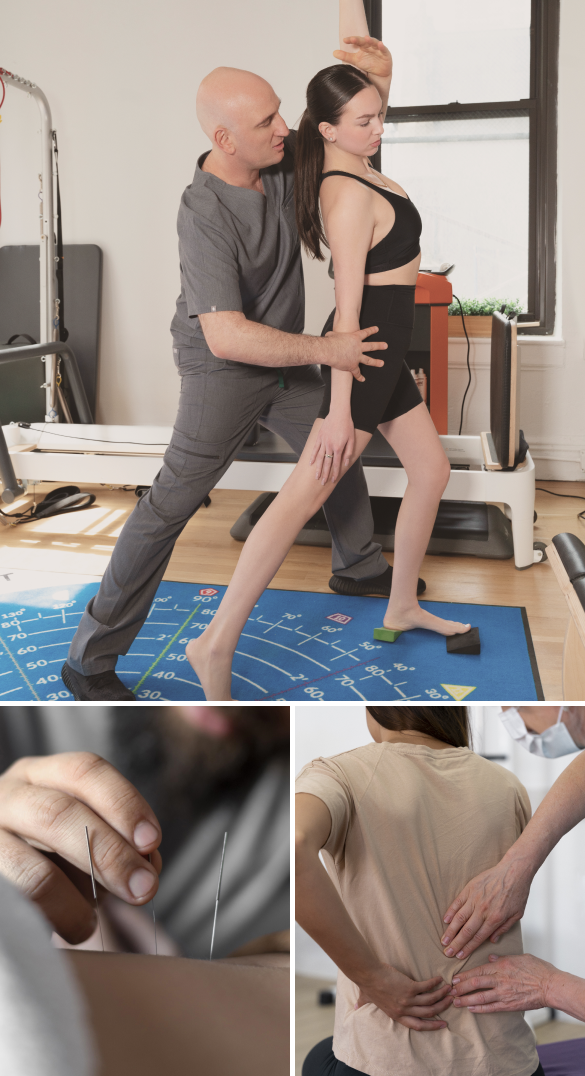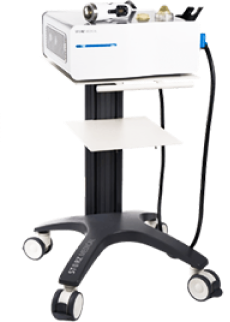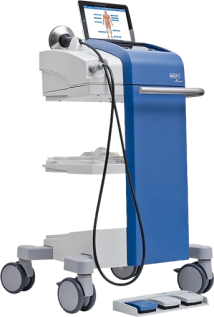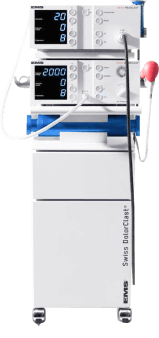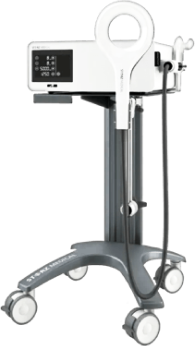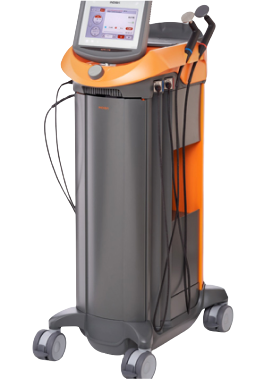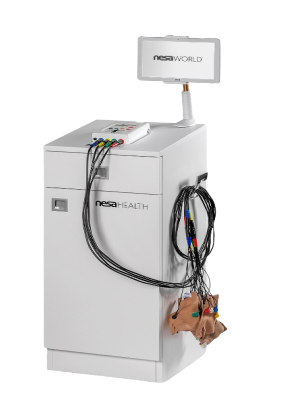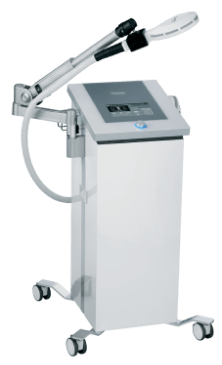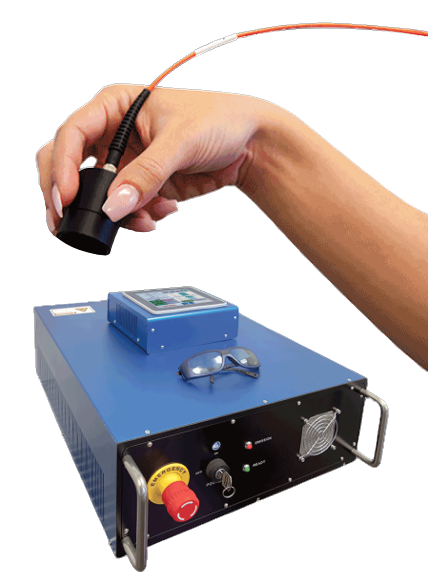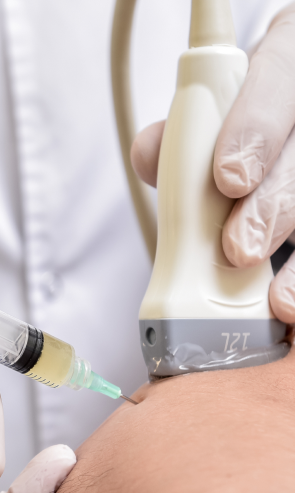Accurate Diagnosis Means Fast and Effective Results
Back and neck pain does not always indicate a disc herniation, and a diagnosis based on symptoms alone can result in ineffective treatment that prolongs your pain. In many cases, back pain is non-specific in nature, with no detectable cause appearing on X Ray imaging or MRI. MRI imaging of herniated discs gives us only partial information. Diagnostic ultrasonography completes the picture, and those images together with a proper clinical examination, defines all pain generators and allows the clinician to create a comprehensive approach to herniated disc treatment.
At NYDNRehab, we use high resolution diagnostic ultrasonography to look at the structures affecting the spine in real time. Ultrasound imaging lets us view long bodies like bones, nerves and fascia along their entire path, to pinpoint the true source of pain. Sometimes nerves become entrapped by fascia adhesions or bony structures located away from the spine and the nerve root itself. Pain can also be caused by muscle strains, trigger points, and other factors.
Diagnostic ultrasound ensures that you get an accurate diagnosis on your first visit, without having to leave the clinic or wait for lab results, so your treatment can begin right away.
MRI imaging of herniated discs gives us only partial information. Diagnostic ultrasonography completes the picture, and those images together with a proper clinical examination, defines all pain generators and allows the clinician to create a comprehensive approach to herniated disc treatment.
At NYDNRehab, we use high resolution diagnostic ultrasonography to look at the structures affecting the spine in real time. Ultrasound imaging lets us view long bodies like bones, nerves and fascia along their entire path, to pinpoint the true source of pain. Sometimes nerves become entrapped by fascia adhesions or bony structures located away from the spine and the nerve root itself. Pain can also be caused by muscle strains, trigger points, and other factors.
Diagnostic ultrasound ensures that you get an accurate diagnosis on your first visit, without having to leave the clinic or wait for lab results, so your treatment can begin right away.


